A habit of yesteryear
Many years ago, our grandmothers made clothes with old curtains or recycled their wedding dress to make chic clothes for children. Some used leftover fabrics to make pretty braided rugs or colorful blankets. When it became common to buy ready-made and less expensive products, such habits pretty much disappeared. People then opted for increased consumption of products with a short shelf life. Overconsumption then appeared, with all the harmful effects that we know of.
A movement that takes its place
Over the past few years, we have noticed a change in our purchasing habits. More and more people want to consume more responsibly.
According to The Responsible Consumption Barometer (2017 edition) , 85% of Quebecers say they are looking for more sustainable products. The percentage remains practically the same if we are interested in the need to review our lifestyles and consumption patterns.
In Quebec, over the past few years, we have seen the emergence of boutiques showcasing eco-responsible designers. We were also able to discover shopping events of an ecological nature, for example the Salon des artisans récupérateurs (Montreal), as well as local artisan markets offering zero-waste products or products made from recycled materials. We have also witnessed the creation of several Repair Cafés in several major Canadian cities. Obviously, the public's enthusiasm for such products and services is felt.

Ga-Oh recycles materials that are too often destined for scrap: kitesurf sails, sailboats, windsurf boards to make a collection with a sought-after design and meticulous manufacture. Unique, surprising, practical and eco-responsible pieces. There are bags for men and women but also decorative items.
To take stock of the subject, we spoke with two Quebec artisans who offer creations made with recycled materials: Le Noeud and Créations recycled TaLu.
When scrap becomes a resource
Le Nœud is a Sherbrooke company that, since 2017, has been manufacturing bow ties and hair accessories. Le Noeud uses recovered materials in some of its products. Bow ties are created from skateboard parts with manufacturing defects. These unique and colorful accessories are truly out of the ordinary! What is considered junk for some is transformed into a superb accessory thanks to a creative spirit.
At Le Nœud, hair scrunchies are also made with recycled material, namely fabric scraps.
The designer, Pascal Cadorette, says his customers still have a strong interest in these unique creations.

Bow tie made with discarded Skateboards, Le Noeud
Tania Lucas, from Créations Recyclées TaLu , agrees: “People are very open and appreciate this concept. They think it's a good idea and a green way to consume. There is indeed an increase in interest in such articles”.
This designer offers clothing, accessories and jewelry made from recycled materials. Pretty handbags are created with old jeans, key chains are adorned with recycled fur and jewelry decorated with reused buttons.
“It's really my way of doing my part for the environment and overconsumption,” says the craftswoman. “Besides, I could never make similar products with new materials. The recovered items give a truly unique stamp to my creations”.
A challenge for artisans
Although using recovered materials is a rewarding method for the craftsman, this way of doing things is not without challenges.
According to Tania Lucas, “everything is more complicated when we work exclusively or almost with recovered materials, because we have to source, clean, and dismantle certain materials. I can't go to the store to buy something I miss. I absolutely want to keep eco-responsibility as much as possible in my business concept. This is one of my basic motivations”.

Handbag made with recycled materials, TaLu Recycled Creations
In addition, when objects are created with recovered materials, they are often unique creations or reproduced in very few copies. This involves a lot of time spent writing product descriptions and taking shots for the artisan's website and social media.
This aspect, although sometimes constraining for the craftsman, constitutes an added value to the product, because the consumer can acquire an exclusive item.
Environmentally friendly purchases
Beyond being able to obtain exclusivity, buying a product created with a recycled material helps to protect our environment in two ways: we reduce our use of natural resources by avoiding the production of new raw materials and we help to reduce the production of greenhouse gases emitted during the disposal of these raw materials.
Finally, by opting for such creations, we express to the craftsman or merchant the need to continue in this direction.

OXYD gives a second life to the steel of used cars by transforming this recycled material into industrial-style tables and works of art. Designed and manufactured in Montreal, these objects, inspired by the color and texture of original body parts, remain intimately linked to their source.
You can discover many craftsmen using recovered and recycled materials in the Signé Local web directory . In the search bar, simply enter the word "recycled" and a selection of articles will be presented to you.
This Christmas, why not give a gift made from recycled materials?
For more details about Le Noeud and TaLu Recycled Creations, see their member files:

Reviewed By Melanie
BIBLIOGRAPHIC REFERENCES
DURIF, Fabien and Caroline BOIVIN. Responsible consumption barometer. 2017 Edition,


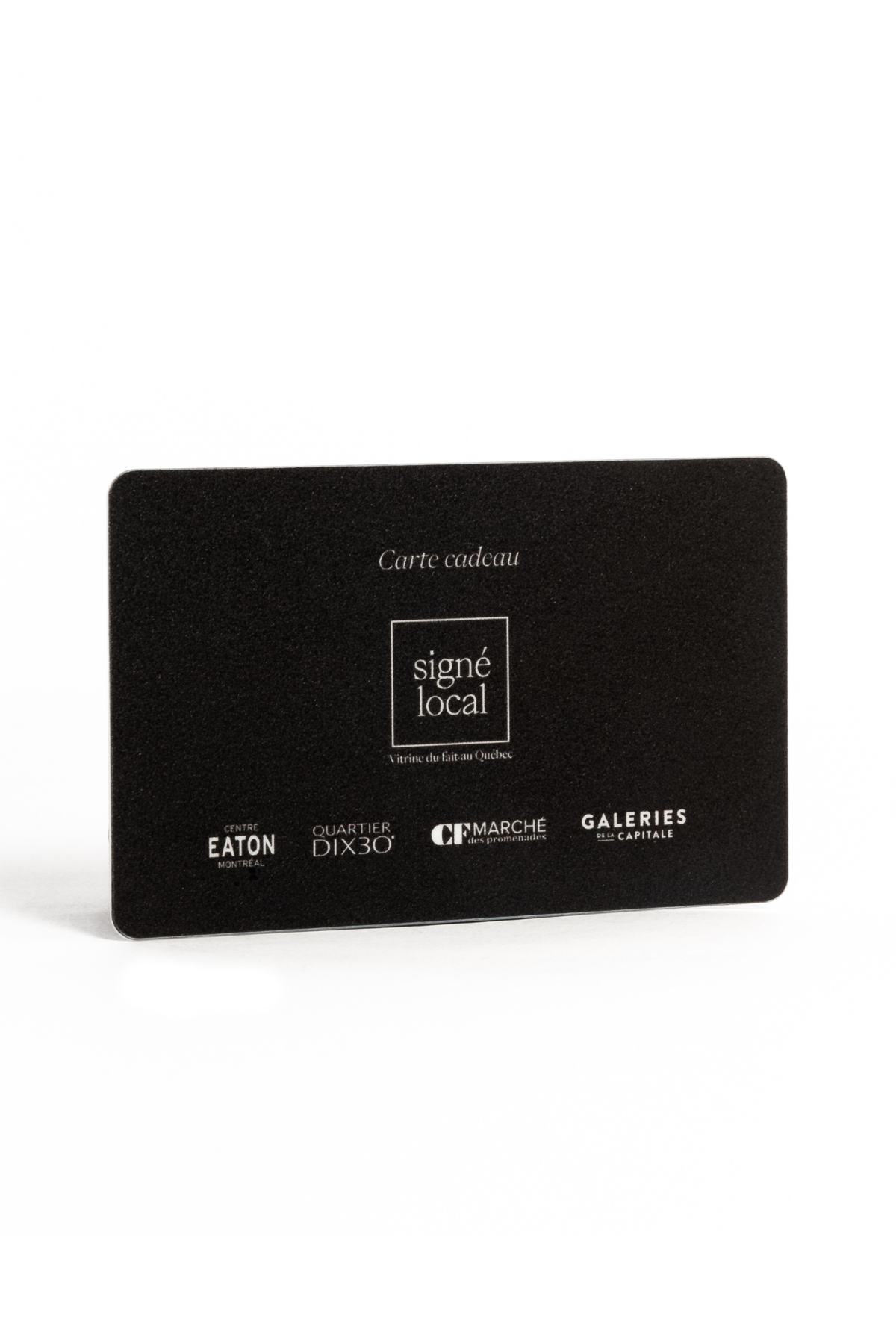

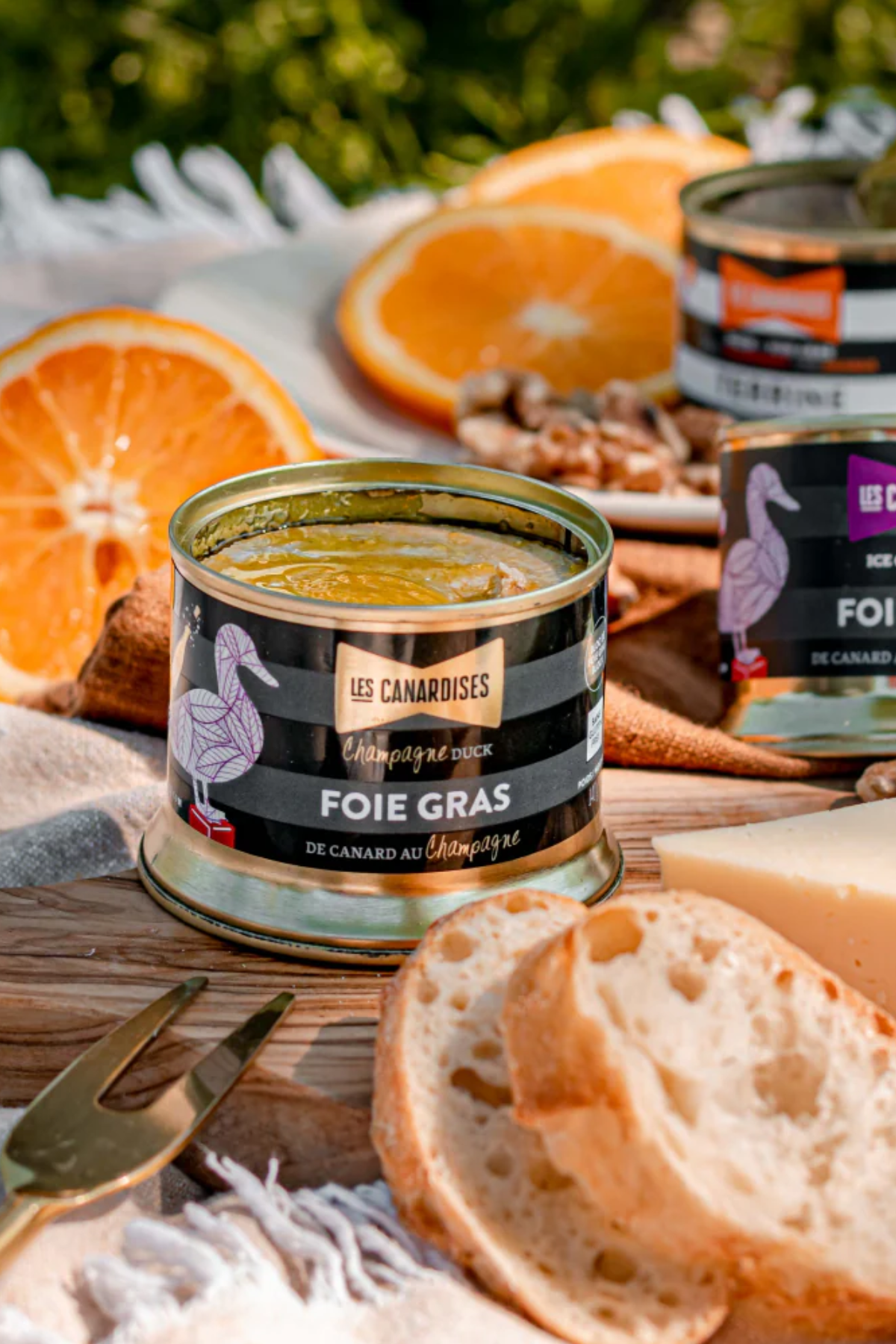
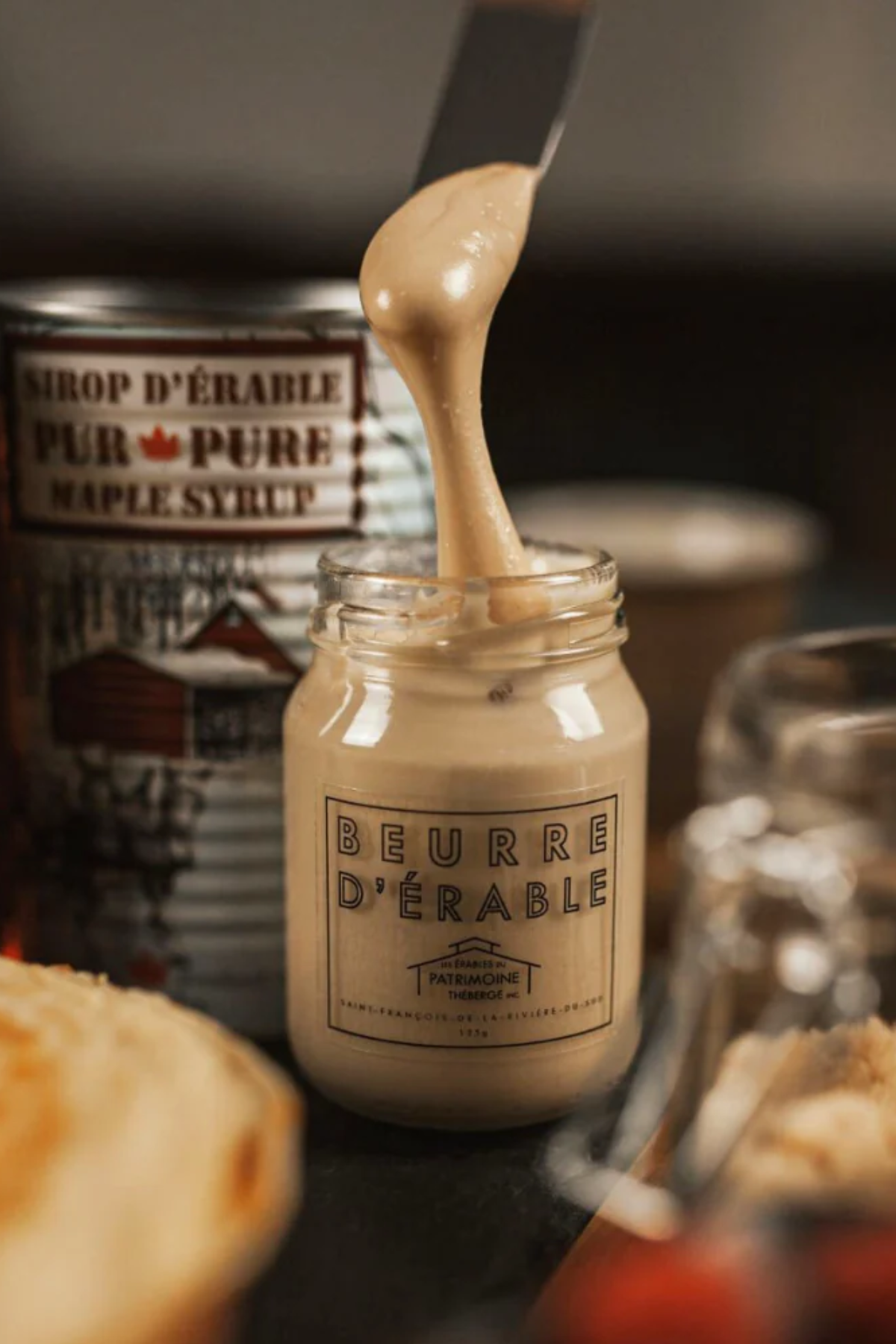
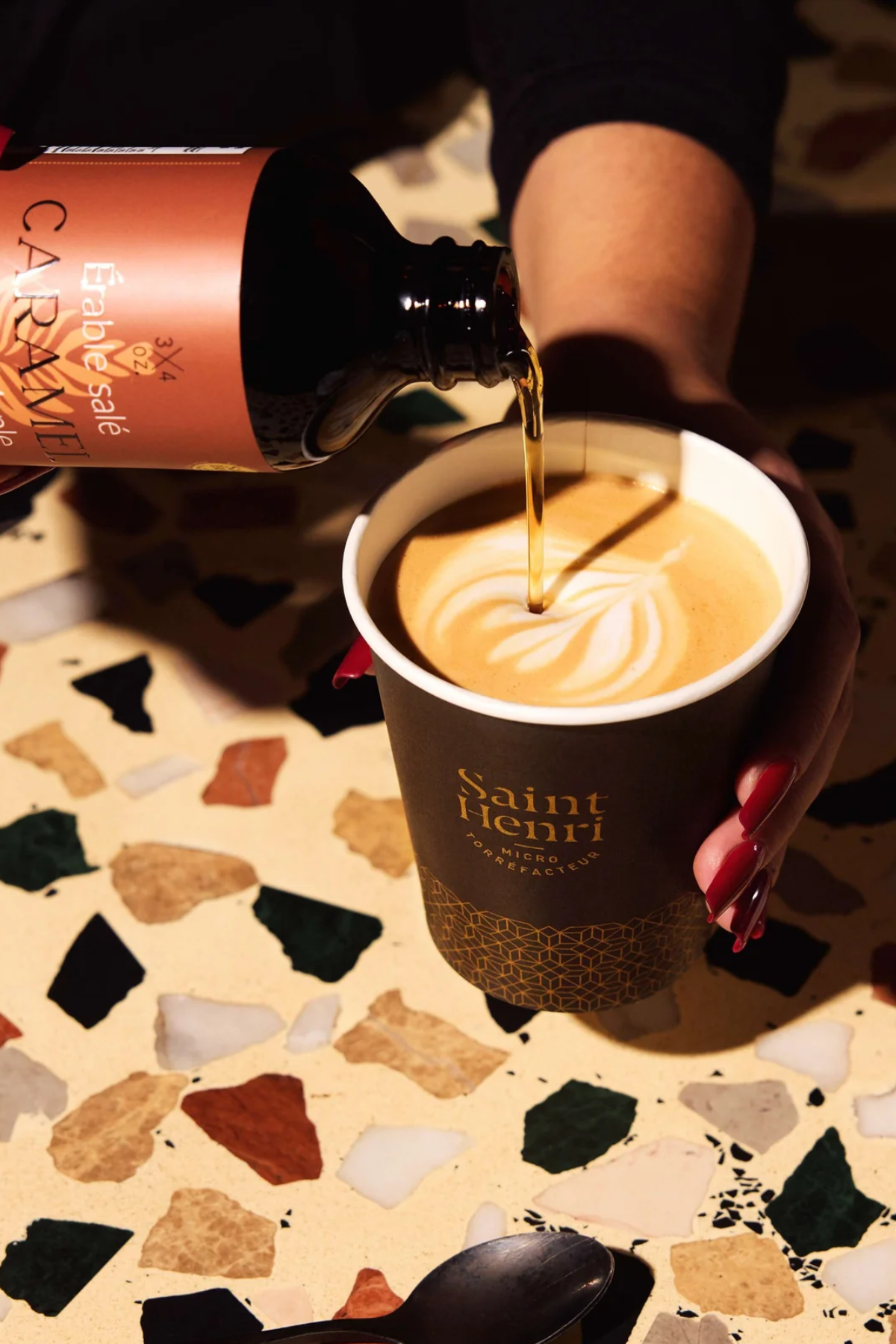

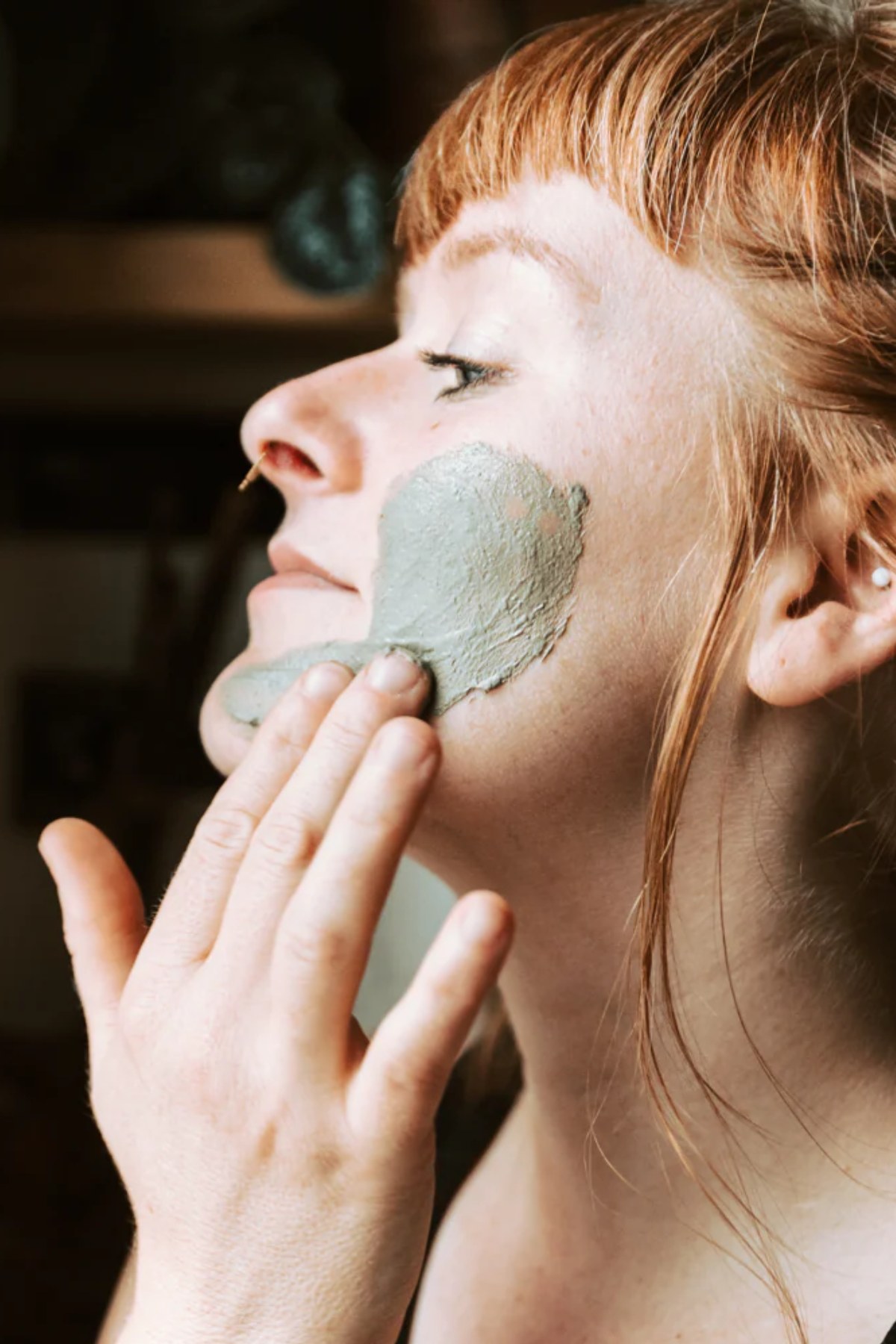
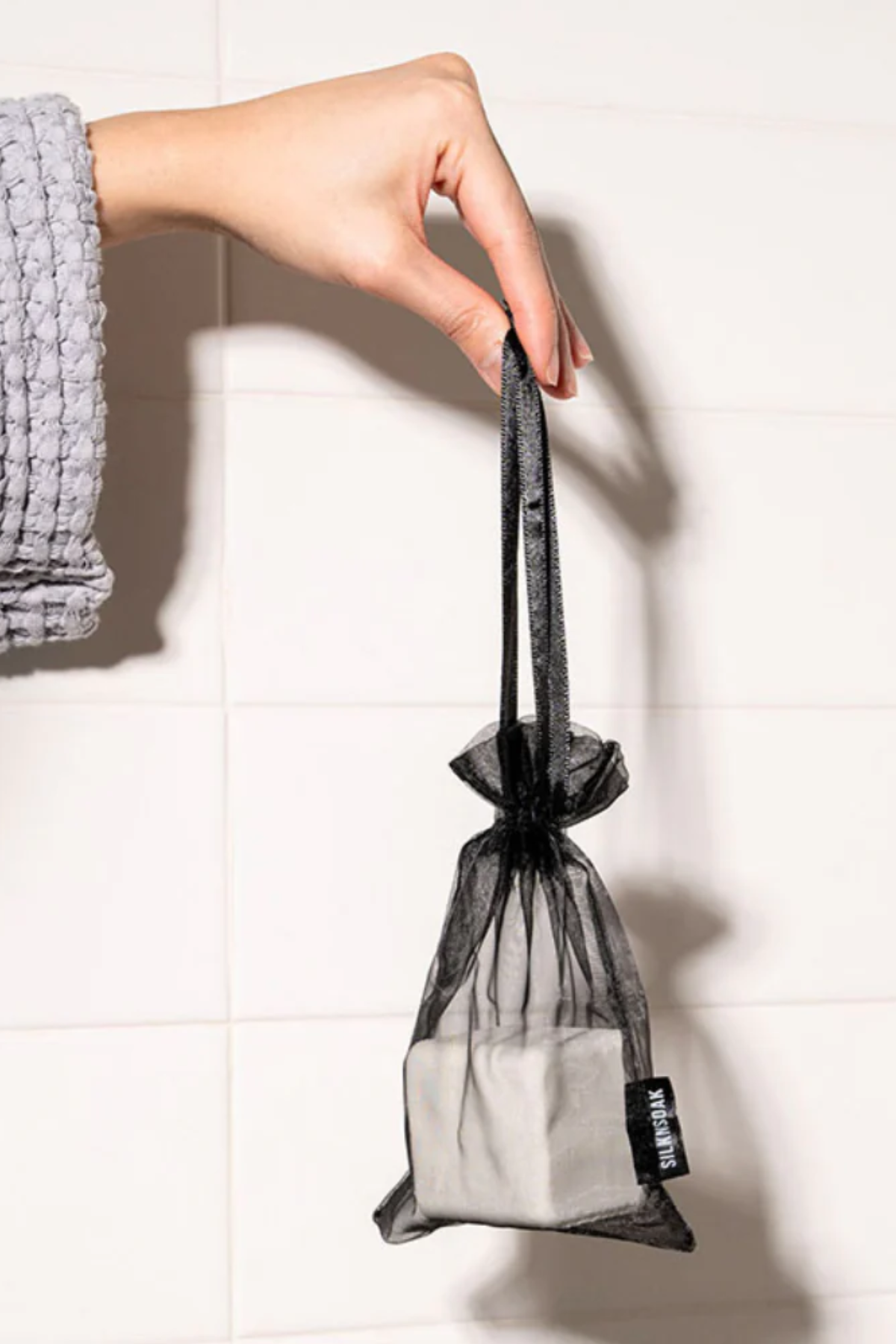
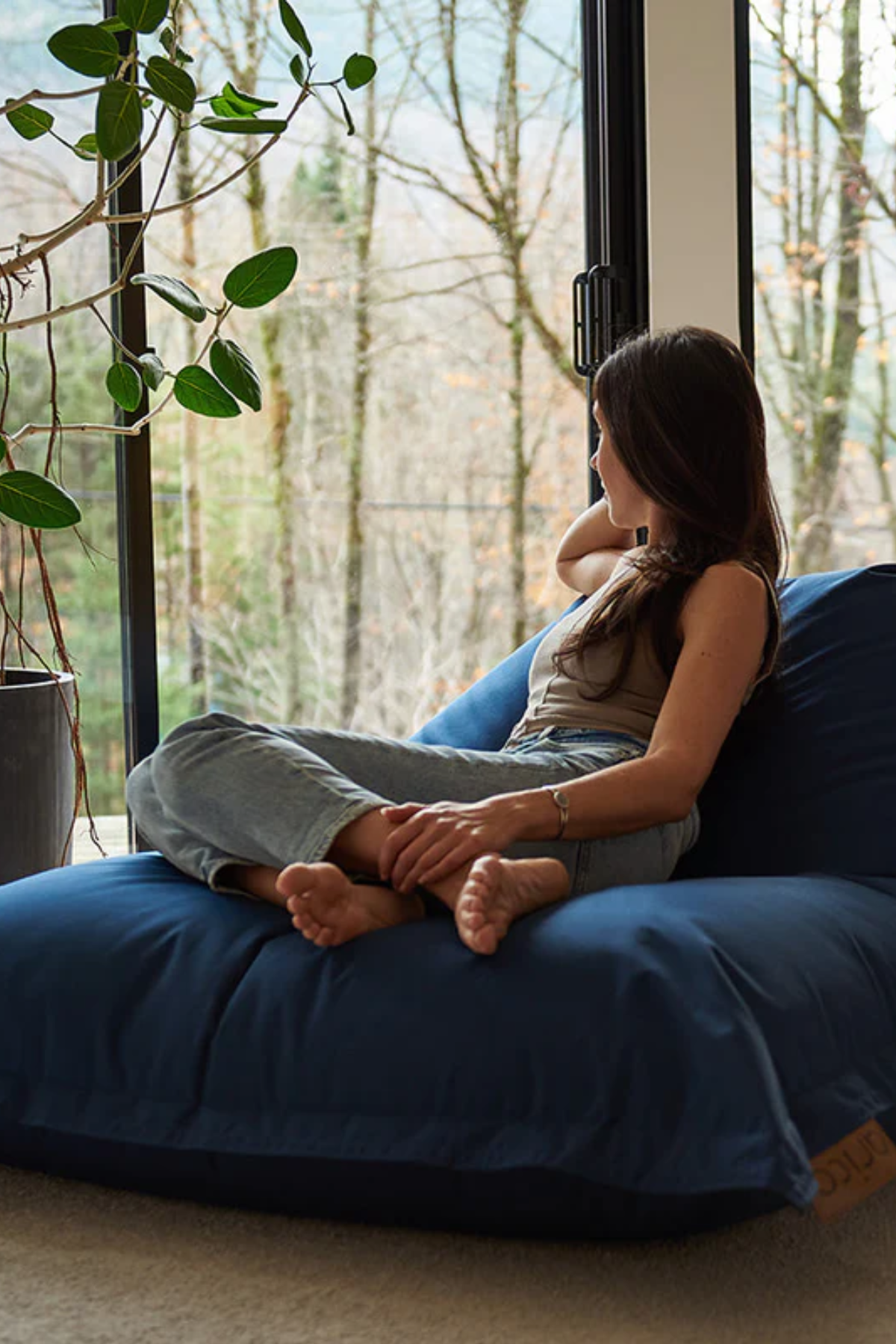
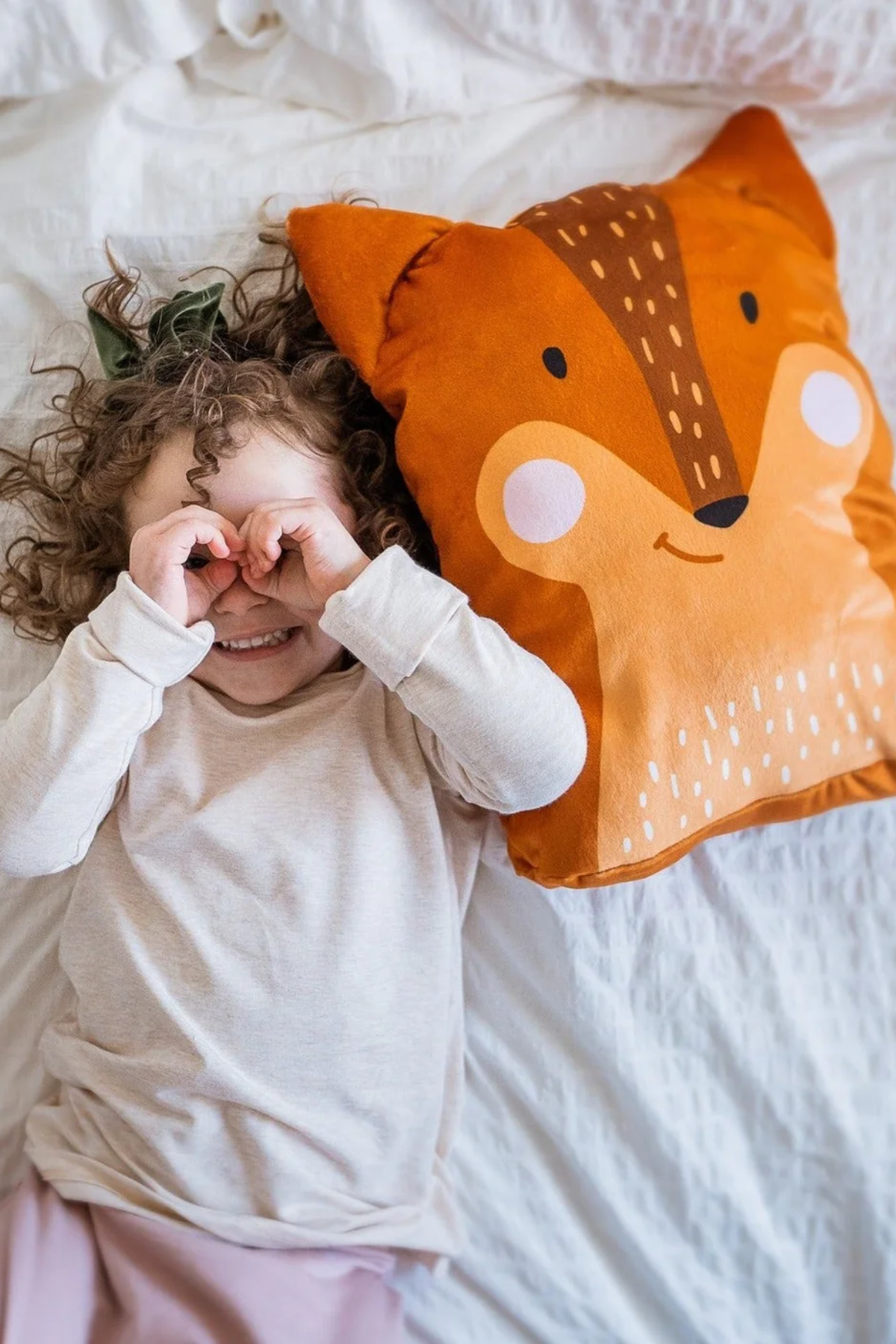
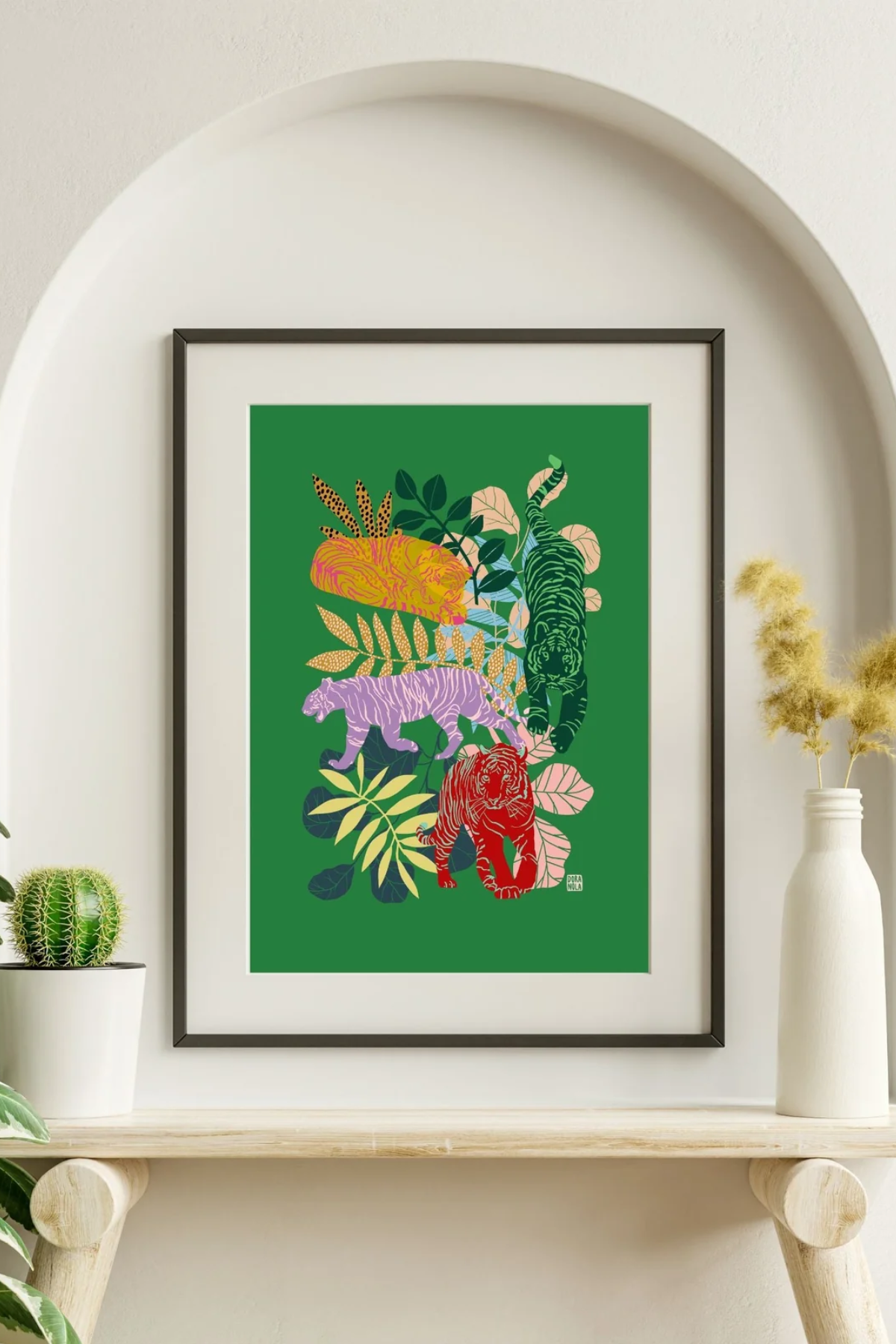


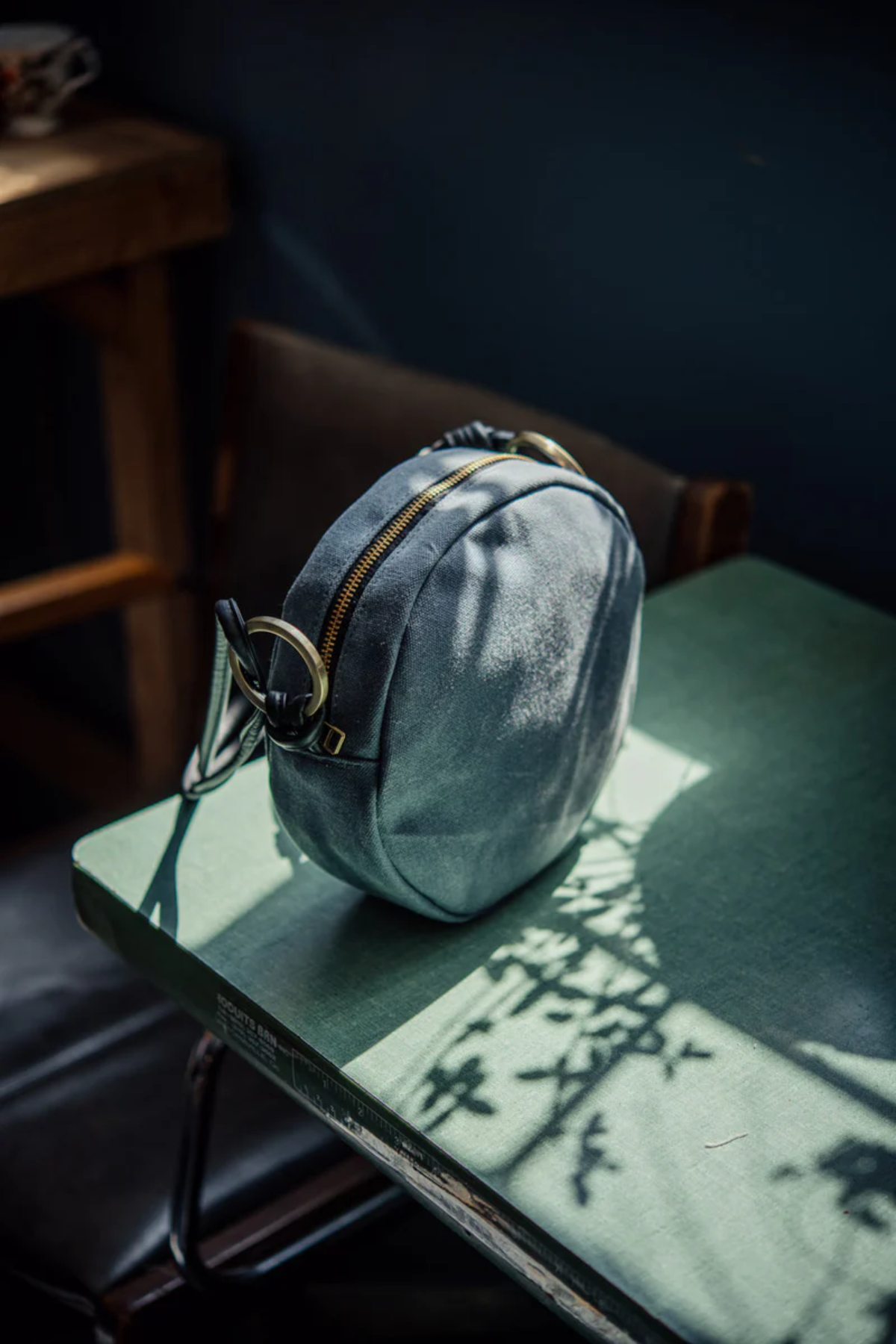


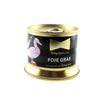















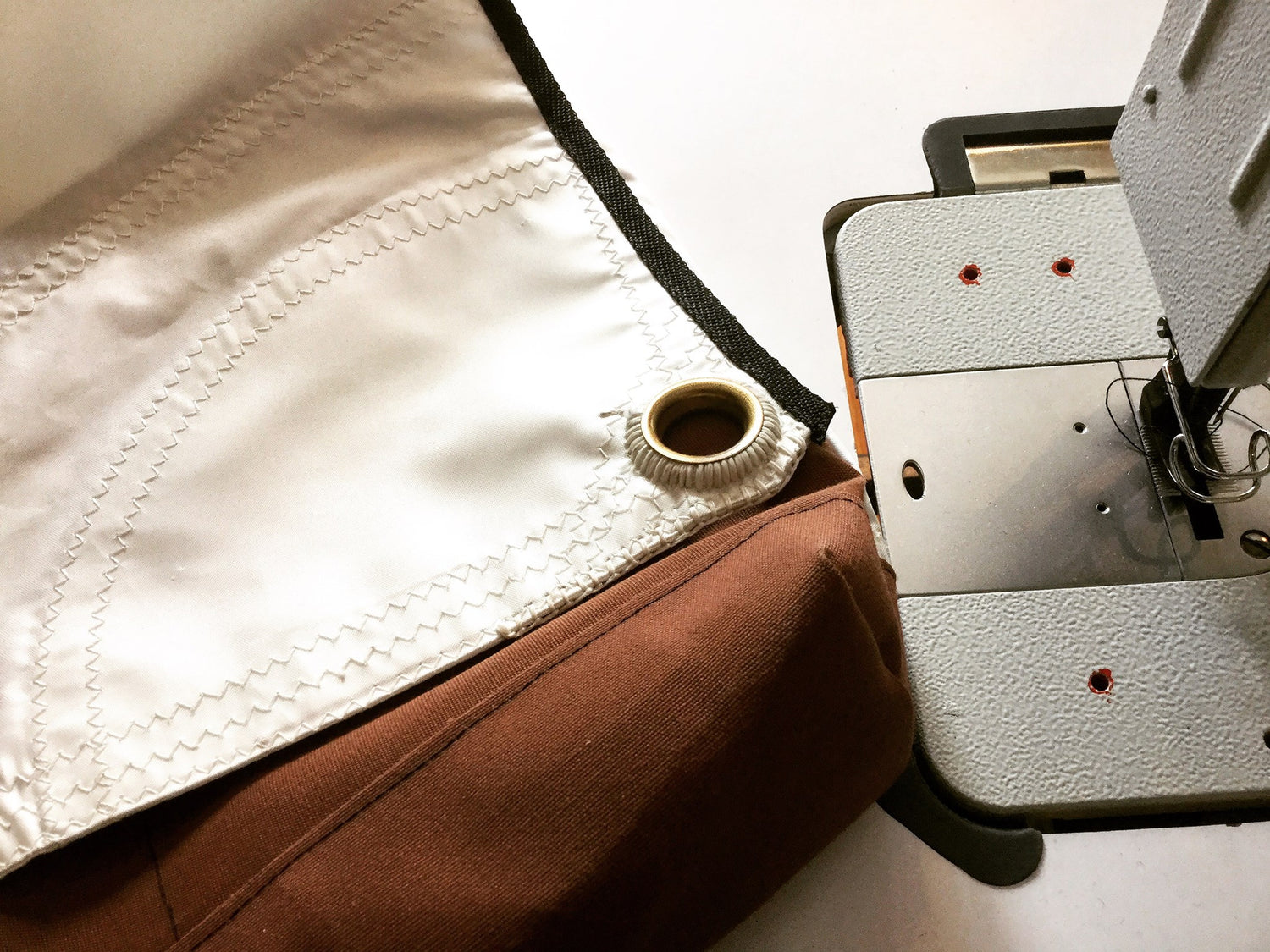
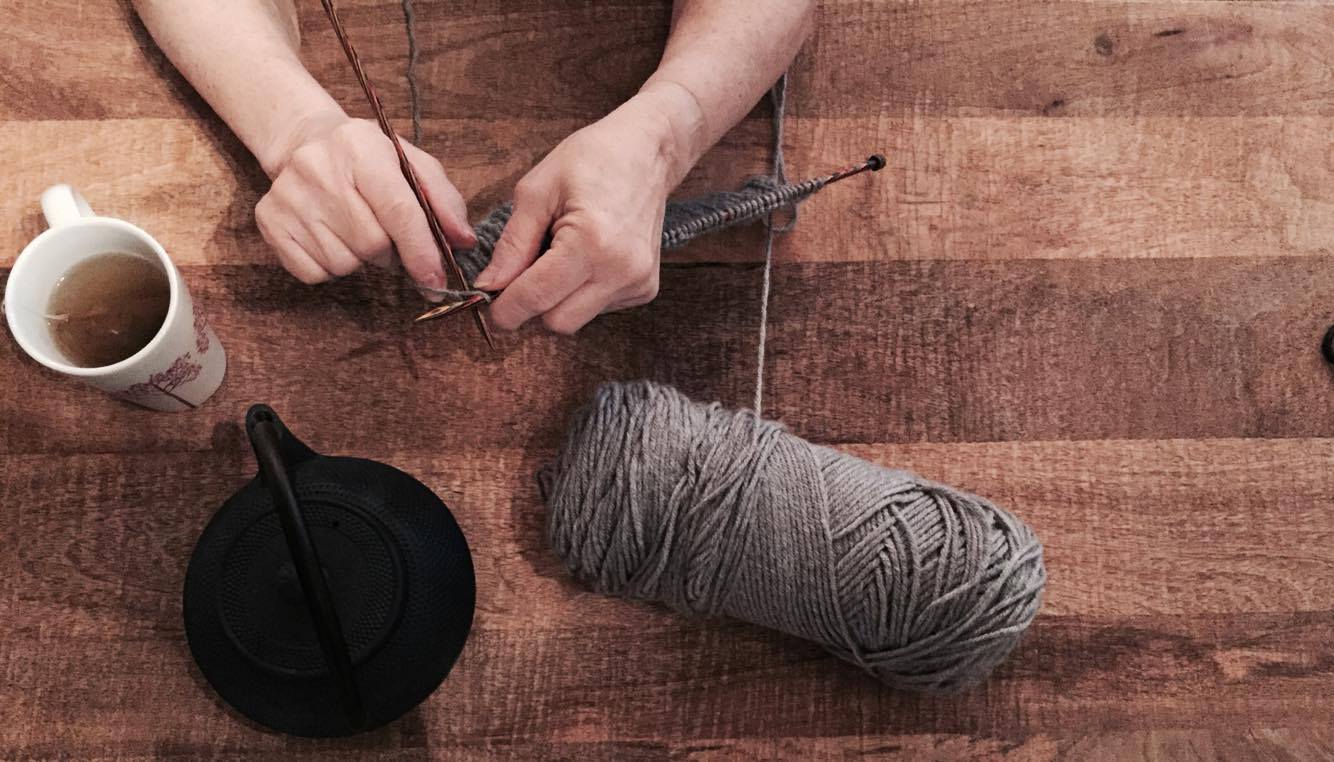
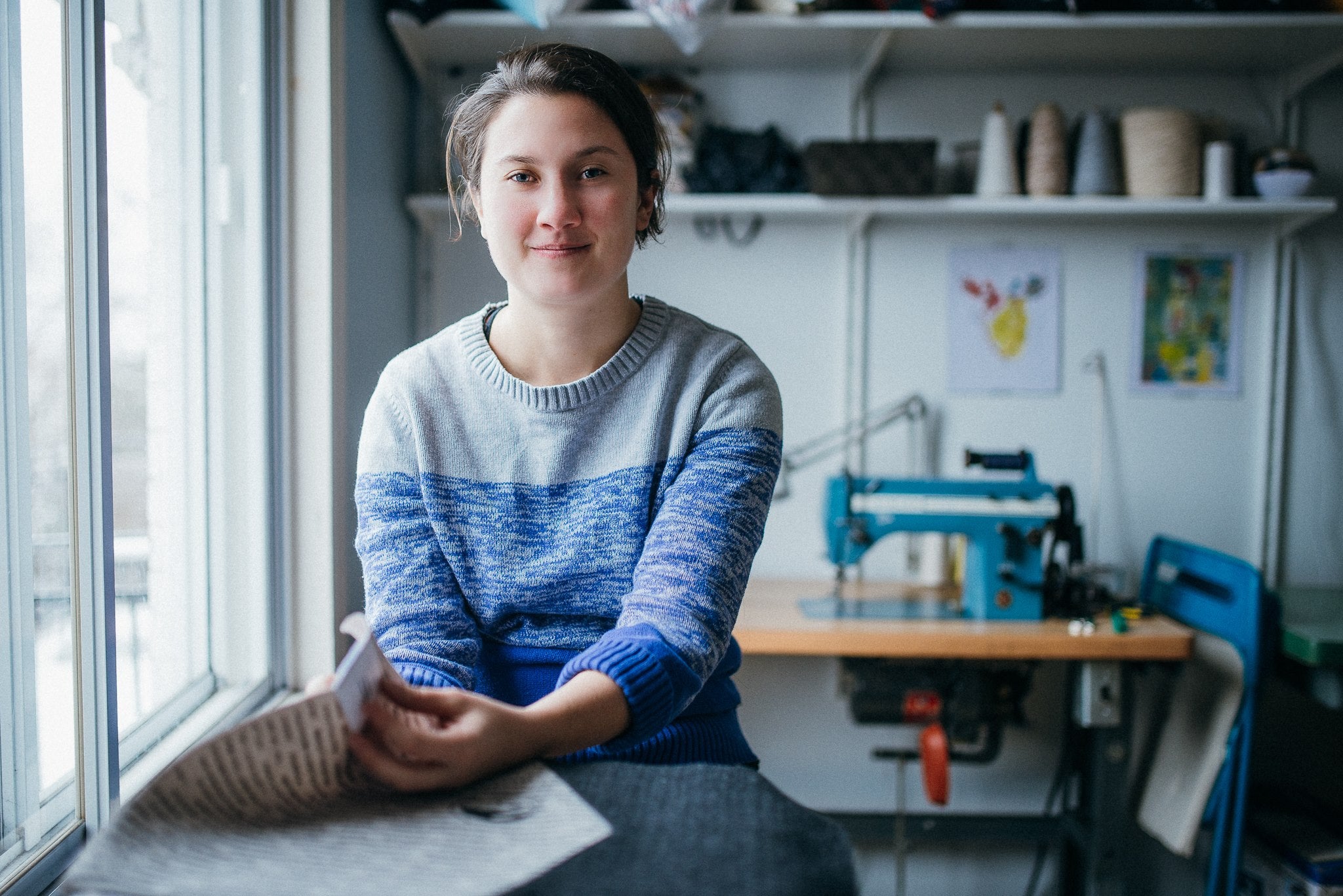
Leave a comment
This site is protected by hCaptcha and the hCaptcha Privacy Policy and Terms of Service apply.